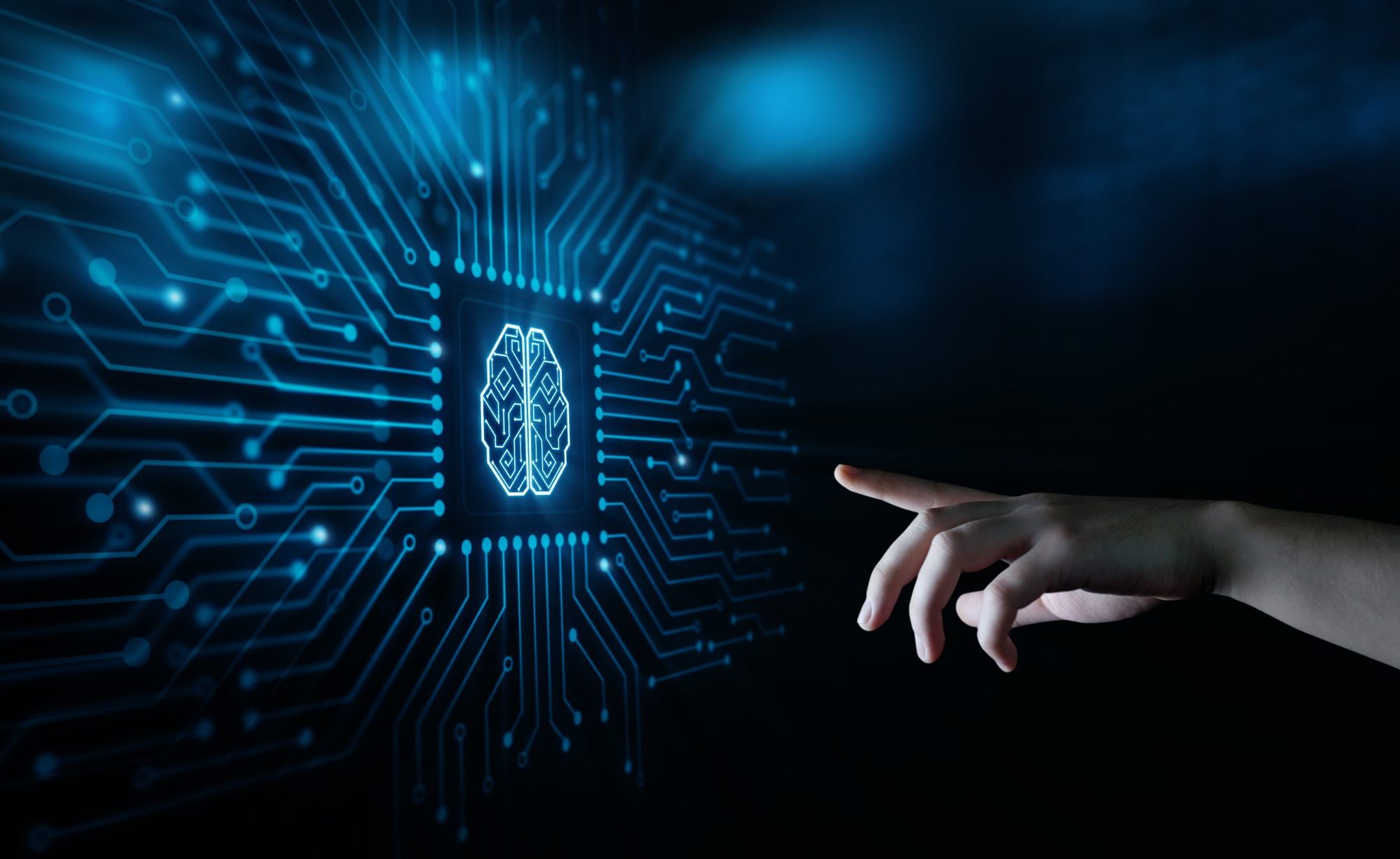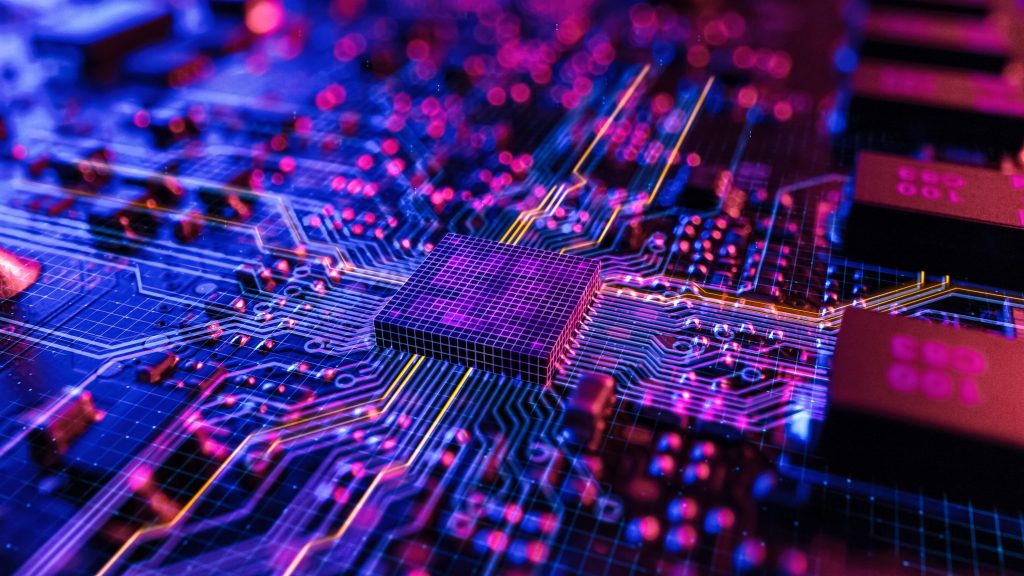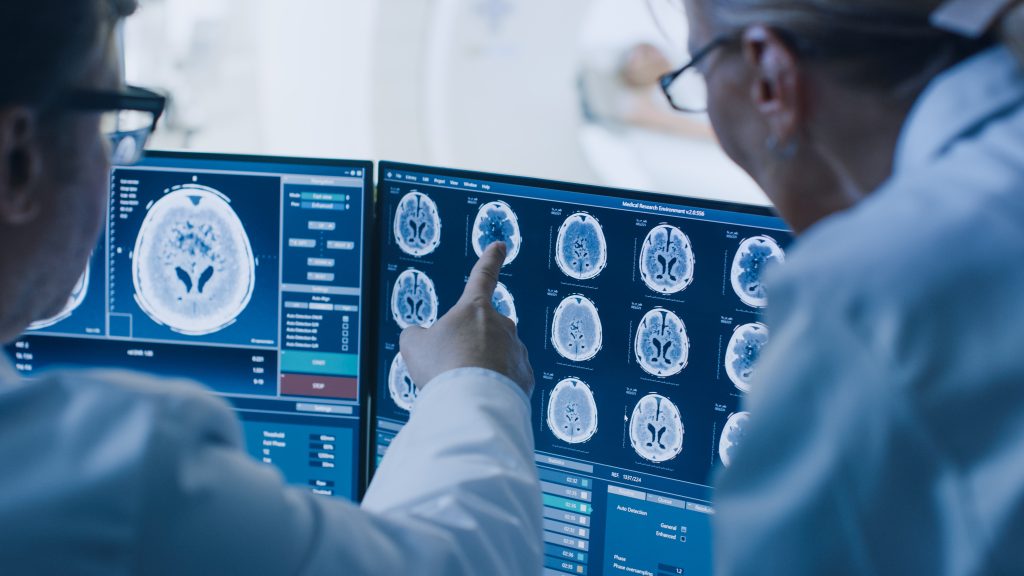
The UKIPO has once again updated its patent examination guidelines for artificial intelligence (AI) inventions. This latest revision follows the Court of Appeal’s ruling in Emotional Perception and represents a shift from last year’s stance on AI patentability. This ruling overturned a previous High Court decision that had deemed Emotional Perception’s artificial neural network (ANN) invention patentable.
The UKIPO’s updated guidelines aim to align its examination practices with the current legal interpretation of patentability of AI inventions, particularly in light of the Emotional Perception case. However, the UK Supreme Court has granted Emotional Perception permission to appeal the Court of Appeal’s decision. This means the guidelines are potentially subject to further revision pending the Supreme Court’s ultimate judgment.
ANN patentability
Last year, UKIPO’s guidance, shaped by the High Court’s decision, suggested that ANNs should not be excluded under the “computer program” exemption.
The Court of Appeal’s ruling has reversed this position. It clarified that ANN weights and biases are fundamentally a program for a computer, meaning they are subject to the computer program exclusion unless they provide a technical contribution.
Consequently, the updated guidelines have revised scenarios 13 to 17 along with significant amendments found in sections 4.4 to 4.7, 4.23 to 4.28, 5.33 to 5.37, 7 to 7.10, 8.5, and 8.6. Scenarios 13 to 15 now explicitly classify such inventions as excluded subject matter, while scenarios 16 and 17 have been refined to reflect the stricter test for patent eligibility established by the Court of Appeal.
Previously, the UKIPO was taking a relatively broad interpretation of Emotional Perception, acknowledging that an ANN, if explicitly claimed, could bypass the software exclusion. Even minor technical aspects, like moving data outside a system, were considered indicators of patentability.
The Court of Appeal’s ruling has narrowed this view. Accordingly, a crucial point emphasised in section 4.27 of the guidelines is that ANN-based inventions are “in no better and no worse position than other computer-implemented inventions”. This underscores that AI-related inventions will be assessed under the same technical contribution standards as any other software-based invention.
The focus is now on whether an invention solves a real-world technical problem. Merely optimizing an ANN’s weights or improving training methods is not enough – applicants must demonstrate a technical effect.
Parallels with the EPO
The Emotional Perception ruling is not an isolated case. Recent EPO decisions also provide guidance on AI patentability. For example, several AI-related inventions have been rejected for failing to establish a technical contribution:
- Mitsubishi T 0702/20: The invention involved modifying a neural network by reducing the number of connections to create a sparsely connected model. Thereafter, the modified neural network model was trained in the conventional way. The reduction in storage and computational requirements was deemed insufficient to qualify as a technical effect.
- Google T 1425/21: The invention used a larger ANN as a reference to train a smaller, more efficient ANN. However, the improvement was simply due to reducing the size of the model, which did not provide a technical innovation.
- Bosch T 1952/21: A reinforcement learning system with a stochastic intermediate layer was deemed unpatentable because it did not technically adapt how a computer functioned or provide a technical solution beyond AI itself.
These cases highlight a critical distinction:
- Applied AI inventions (those solving real-world technical problems) may be patentable.
- Core AI inventions (those improving AI itself, such as refining algorithms) are often rejected unless they provide a technical effect beyond the field of AI.
The UKIPO guidance suggests that these decisions would likely be interpreted the same way under UK law by using the UK Aerotel approach.
Looking ahead
These updates signal a return to a tougher approach by the UKIPO, aligning AI patentability with established case law. However, the pending Supreme Court appeal creates an uncertain long-term outlook. A successful appeal could potentially create a pathway for ANNs to be recognised as inherently patentable. Until the Supreme Court gives its decision, applicants seeking AI-related patents should focus on showcasing how their technology solves real-world technical problems rather than simply improving AI models. They should emphasise the technical problem solved and how the AI contributes to that solution in a non-obvious way.
If you would like advice about AI patentability, please contact your usual GJE attorney or email us at gje@gje.com.


